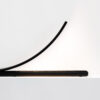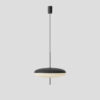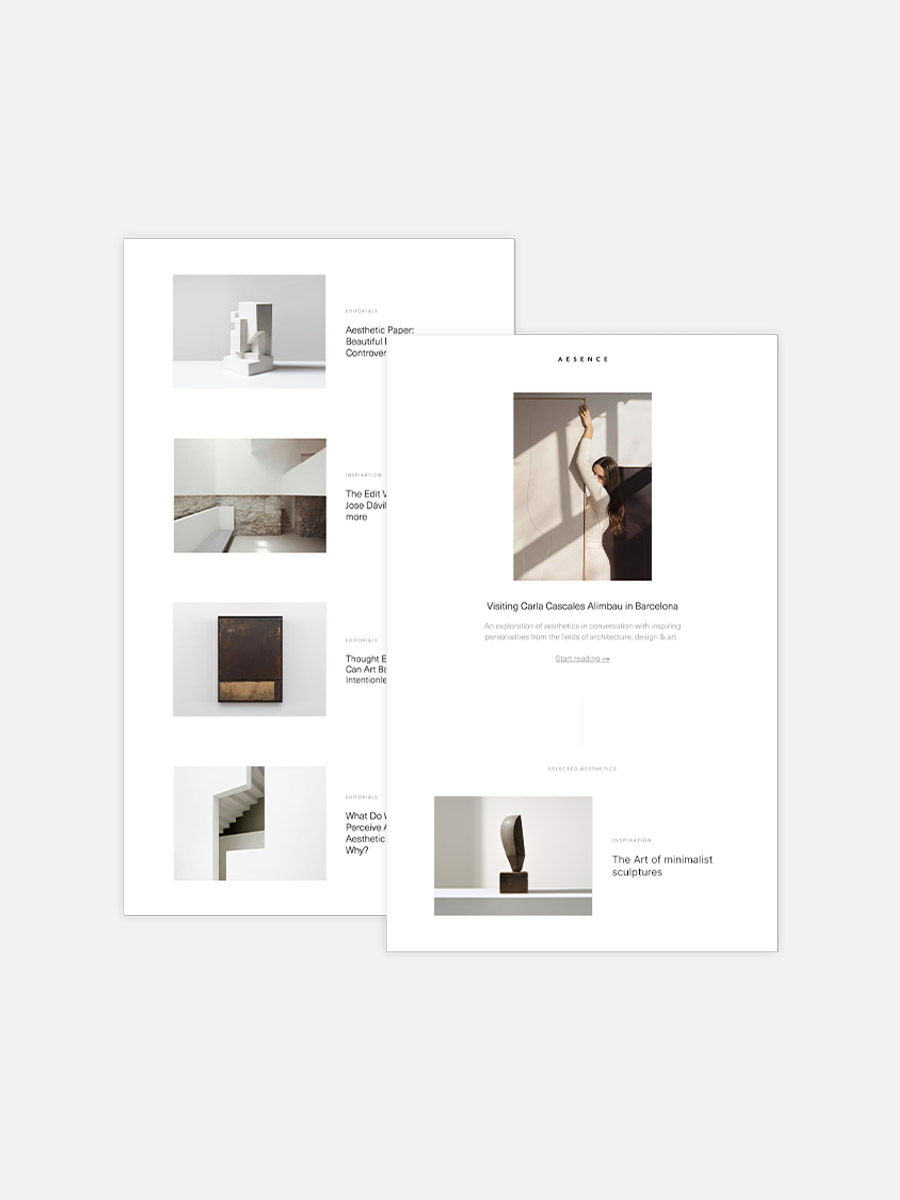In one of my last columns, I explored the question of what makes minimalist art so controversial and whether it can be too minimalist. This week I would like to elaborate on the fact that minimalism in art – contrary to the opinion of many – is much more profound than it appears at first glance. An important question to ask in this context is: Is the term “Minimal Art” fundamentally wrong?
In the mid-1960s, art critics, and art journalists tried to give a name to an emerging art movement that turned away from the gestural and expressive drama of Abstract Expressionism. Names such as ABC Art, Idiot Art, and Cool Art were considered to describe the reduced visual language.1 Eventually, art critics adopted the term “Minimal Art” from an essay by Richard Wollheim from 1965 on modern American art and popularized it.
But almost all artists who were considered part of this movement at that time vehemently rejected the name. They felt that the term “Minimal Art” was inappropriate to describe the complexity of their works and the underlying concepts. Artists such as Donald Judd and Tony Smith emphasized that their work did not aim to reduce art to a minimum of material and form, but rather to explore new ways of revealing the relationship between object, space, and the viewer. (MoMa has published an interesting video in which Donald Judd comments on the term: Watch it here)
I think ‘minimalist’ work is not always so minimalist, especially when you really see it and think about it—or, say, try to accurately describe it.
John McCracken about his work2
Therefore, I, personally, find it very unfortunate that one of the most common criticisms of minimalism in art is that it is so simple that anyone could do it. That it is too emotionless and cold and cannot really be considered art. After all, why should a black or white canvas with a few strokes be considered art, right?
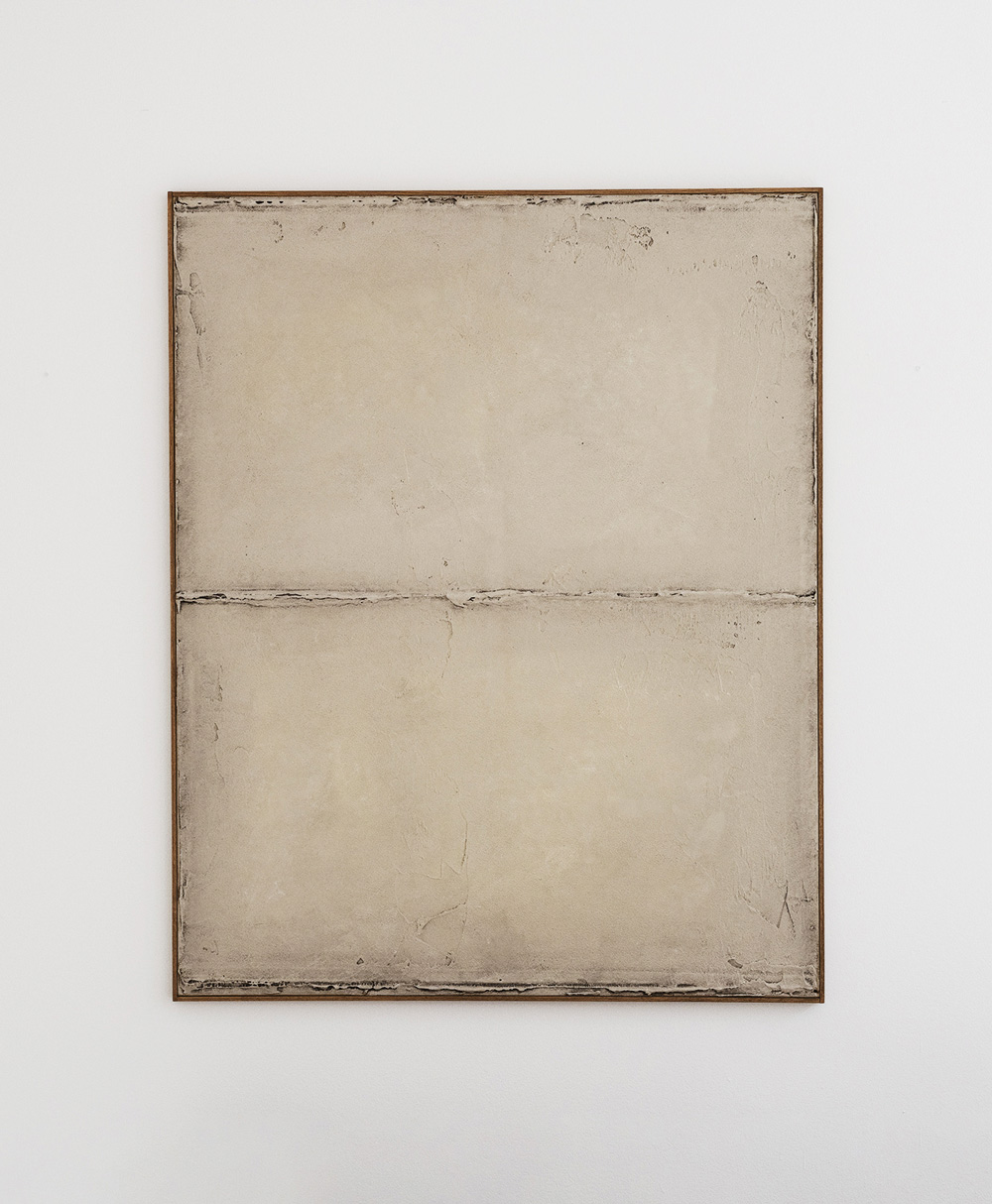
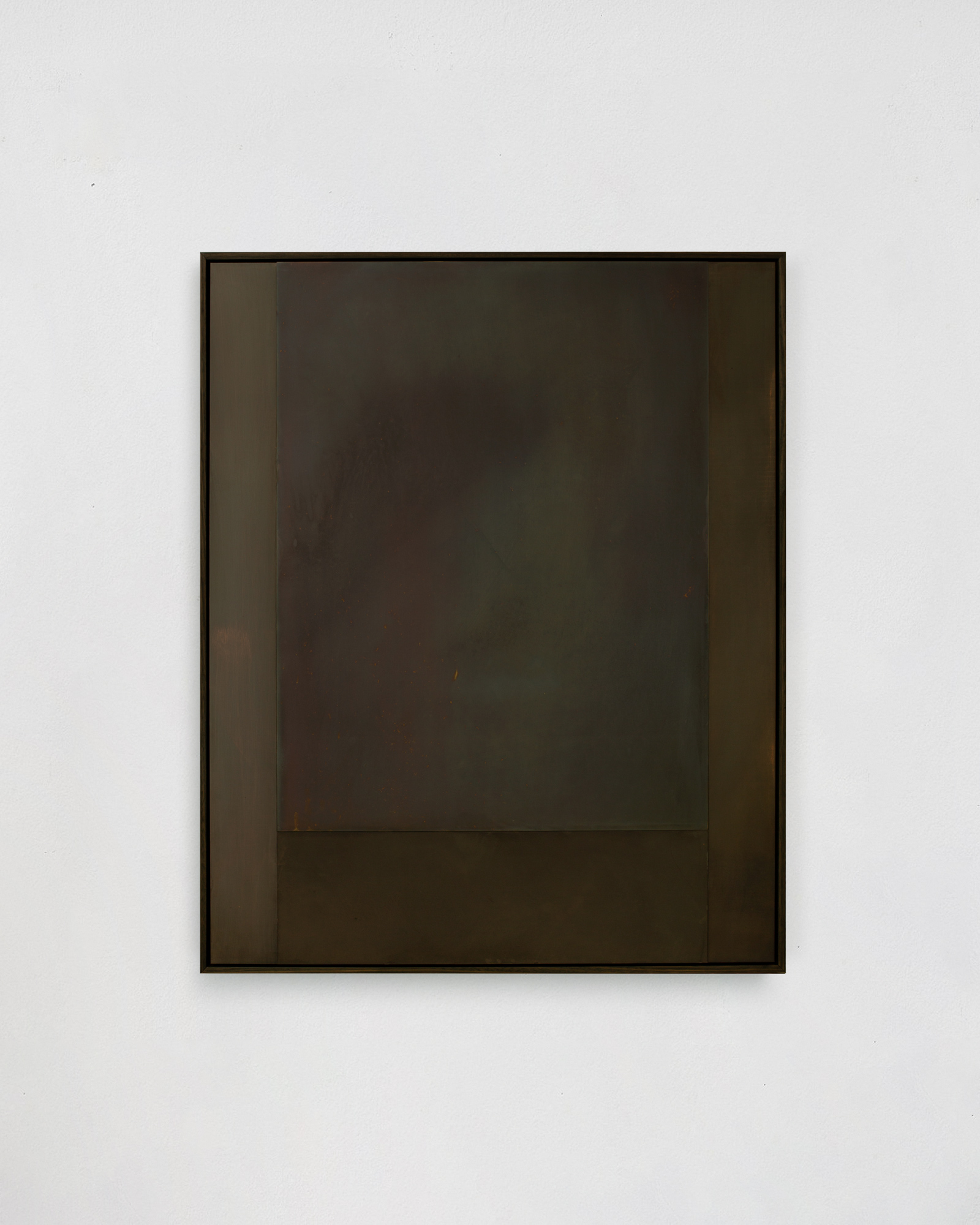
Yes, minimalist art may seem simple at first glance. But there is more to it than that. It asks us to look beyond conventional boundaries and see the essence. Minimalist artists have sought and continue to seek a greater truth, a deeper meaning behind the things we see and experience every day. More than 100 years ago, artists such as Constantin Brâncuși, Alberto Giacometti, and Kazimir Malevich gave their works a minimalist visual language to offer the viewer a new perspective on the essence of reality, form, and art.
Other Artists such as Ad Reinhardt and Agnes Martin were inspired by Zen Buddhism and explored the emptiness and nothingness in their work and what fundamental impact it can have on our innermost being. For all these artists, their work was not minimalist, but complex and full of meaning and exploration. And even today, contemporary artists such as Antonia Ferrer or Morgan Stokes (fig. 1 and 2) explore so much more in their work than is apparent at first glance.
Minimalist art, therefore, does not mean reduction to the necessary. It offers a stimulating tension between outward simplicity and inner complexity: outwardly, it does not lead the viewer through a motif; it does not present what the viewer is supposed to see. Rather, the artist invites the viewer to explore and see for themselves. And yes, this is not easy. Taking the time to explore can be challenging at first. I like to compare it to the first meditation practice. Sitting down consciously and immersing yourself in the “nothingness” sounds discouraging and boring at first. However, anyone who tries it and commits to it will quickly be rewarded.
Usually when someone says a thing is too simple they’re saying that certain familiar things aren’t there, and they’re seeing a couple maybe that are left…. But actually there may be… several new things to which they aren’t paying attention […]
Donald Judd (1965) in Artforum interview, as quoted in: Richard Shiff (2012) Doubt
Why minimalist art is important
Yes, minimalist art is controversial. And yes, it is not a simple, easily accessible art form. Not at all. It demands a high degree of openness and reflection from the viewer. So the term “Minimal Art” is therefore problematic because it suggests that it is simply an art form that doesn’t want to say anything. This may be true for one artwork or another, but it does injustice to all artists who want to create space for thoughts, interpretations, and reflection with their art.
Perhaps we should not consider the term “Minimal Art” as a label for a simple form of art, but rather as an expression of a concentrated, conscious reduction that allows us to access a deeper perception and a more intense experience of art.
So, is minimalism in art really as simple as it seems? The answer is clearly no. Especially in today’s art scene where we are confronted with shredded paintings, confusing brush splatters, dissected sharks in formaldehyde, larger-than-life figures wearing racing helmets, or inflated balloon dogs, minimalism in art is an alternate and aesthetic answer in our search for visual tranquility, inner peace, and the essence of being.
Further Reading / Resources
1 https://core.ac.uk/download/pdf/287319152.pdf
2 https://www.artforum.com/print/201108/in-search-of-the-art-of-john-mccracken-29049
- https://www.wikiwand.com/en/Richard%20Wollheim
- https://www.youtube.com/watch?v=3gf6AHPKTgQ&ab_channel=TheMuseumofModernArt
Title image created with Midjourney
About Exploring Aesthetics:
Sarah loves asking questions and exploring the things she engages with on a daily basis. Exploring aesthetics is her column which discusses art, design, and aesthetics to explore, inspire, and question the status quo.
